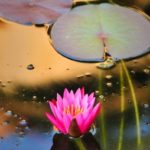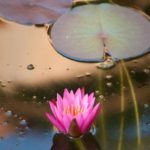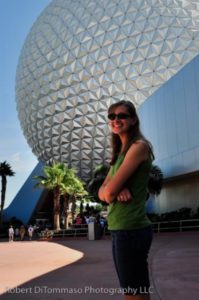Since the dawn of time, or least the advent of digital photography, the discussion has centered around RAW vs. JPEG. If you are new to this discussion here is the Reader’s Digest summary to get you in the game. A Digital SLR is capable of recording images in different formats.
- JPEG is the universally recognizable format that is easy to share and is recognized by just about any image viewing software in circulation today. When the image is captured the camera applies a pre-set level of sharpening, contrast, white balance, etc. then compresses the file to maximize storage space.
- RAW is a manufacturer specific file type with proprietary coding that requires a file viewer capable of reading the unique data. When an image is captured in RAW the camera gathers all the pertinent data but does not process it like it does when shooting in JPEG mode. This results in a file that can look a little flat and not quite as sharp as a JPEG. Also since RAW files keep all the data for processing at a later date, there is minimal compression resulting in much larger file sizes.
Shooting JPEG’s typically lessens the ‘post-capture’ workflow while RAW images need a little attention before they look their best. An analogy I once heard described JPEG’s as finished cakes ready to serve, and RAW files as all the ingredients necessary to bake a cake, still boxed waiting for the chef to work his magic.

The following images were crafted using my Nikon D3 set to capture RAW and JPEG simultaneously. The JPEG profile was set to ‘vivid’. Vivid worked well for this particular image.
The RAW version of this image lacks the punch that the vivid setting provided.

With the proper editing software the RAW file can easily be adjusted to resemble the JPEG.
So why not just shoot JPEG all the time and save time by not having to adjust RAW files in post-processing? Well if you shoot a variety of subjects under different conditions you will quickly run into some of the limitations of JPEG’s.
The image of Mary Ellen shot in JPEG mode has her looking like a recent sunburn victim. Now the same software that allows you to adjust RAW files in post-processing will also allow you to modify JPEG’s. However, repeatedly editing JPEG’s results in a loss of image/file quality. I default to shooting in RAW so I know that I have all the ingredients available at the time the image is captured and I can later go into the image editor and craft the final look I pre-visualized when I was making the image. I see I need some further work on my formatting skills with regard to blogging, but this will have to do for today. I am off to a party!


Sorry, comments are closed for this post.